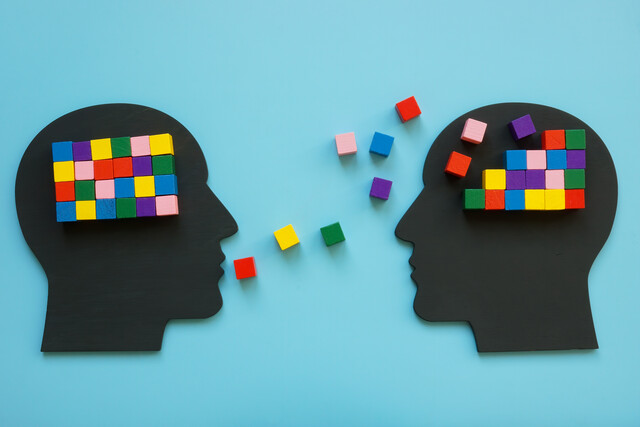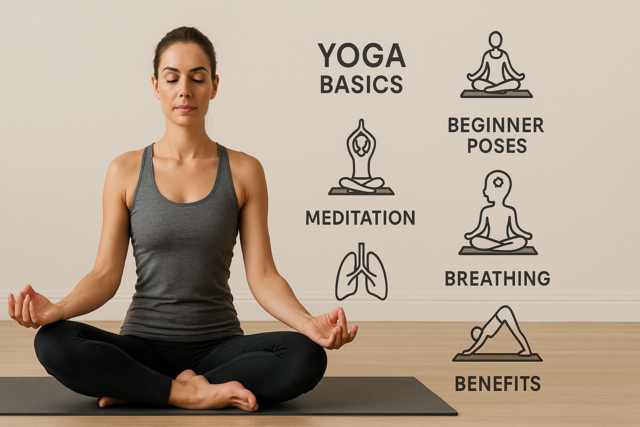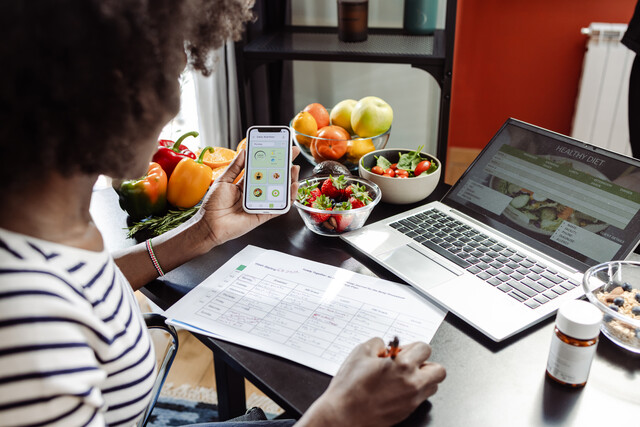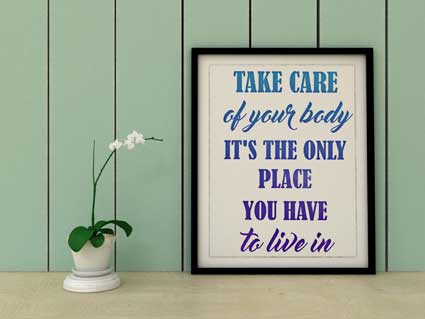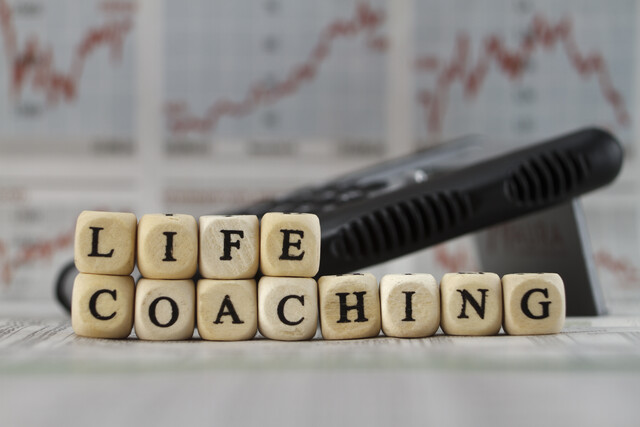Introduction: One of the important parts of being a personal training instructor is knowing how to develop exercises and how to build a program for many different individuals. But also important is the need to understand teaching techniques and how those can vary from one age level to another. You may have mostly adults or you may choose to work with children or preschoolers or just teens. For each of these groups there are effective methods to use and understand, there is a whole host of brain research that gives evidence about how the brain works at these different ages and there are specific strategies to use that will make your job of physical training easier and more fun.
It is important not to simply be aware of differences in ages and how people learn, but to understand these differences and know why each growth period of the brain affects learning. It is important to your work to see your clients in light of their brain functioning. In other words, before you can effectively design a program you have to have an awareness of how their brain works or processes, and how to read their personality and body language, which is often the expression of what they understand. This in itself can make the difference in success and failure in this line of work. These are the subtle aspects of how people communicate.
There are many kinds of people who are both personal trainers and students of personal trainers. Some will be gregarious and outgoing and others will be quiet and restrained. Just because a person is outgoing does not mean he will catch on to the training better. And just because a person is quiet does not mean he is not enjoying the instruction. You have to learn to read people between the lines of what they express and to do that well, it helps to understand a bit of how their brain works, which in turn clarifies communication.
This article is divided into three parts. The first part will give you some basic information about the brain. Pay attention to this because it may be the most important thing you learn in this class. The second part will address the strategies that work well for different ages. The last part of the article will focus on building a program and how to apply that program to each individual.
A. The Brain: The brain begins development long before birth. Motor and sensory parts of the brain are up and ready to go when a baby is born. Visual and auditory develop faster after birth. As babies receive more and more information from their environment the brain actively feeds on what it receives to make sense of it. Throughout life the brain continues to respond to information received. Each person's brain will continue to grow and develop partly due to genetics and partly due to the environment they are in.
Everything we do from thinking to memory to movement and speech relies on the communication system or the neurological systems in the body. Neurons carry messages from the body to the brain, across the brain areas and back to the body. These messages are electrical impulses that are created in small chemical reactions. When a neuron is activated chemicals are sent and released. If these transmissions are interrupted or fail to work correctly it affects that chemical balance, which in turn affects our physical, emotional and psychological systems. The three main chemicals are dopamine, serotonin, and glutamate. Exercise has been shown to actually increase chemicals which cause our brain and body to work better. It has been proven that if the brain is not working well, such as from a chemical imbalance, head injury or stroke, if the body is moved for the person, the chemicals and messages that movement creates, are sent back to the brain and can reactivate much of what has been injured in the brain.
The brain has what is called plasticity. In effect it means that even when it is not working well, if the body is forced to go through routines that were previously automatic, the chemicals sent to the brain can recharge the brain and waken the parts where trauma shut it down.
Teens minds are mostly developed except for the frontal lobe where "executive function" happens. That is the part of the brain that is "in charge" of all that goes on in the brain. Because of this, decision making, being able to be rational, and making connections that have long term meaning require guidance from adults during this time. Because every other part of the brain is developed, teens are difficult to reason with.
Knowing how the brain works can actually increase your business. Knowing how great movement is in increasing learning can be a good selling point with parents. Parents who want their children to improve their grades should begin by getting their kids to move. Movement creates more neuron interaction and greater release of good chemicals that improve brain functioning or learning. Anyone who wants to improve brain functioning should begin with exercise. A professional personal trainer who bases his work on this proven research and can communicate that knowledge to clients will not only gain the confidence of clients but increase his business.
B. If you want to know about an individual child's brain levels, watch them play. As they play watch them investigate, solve problems without interference and see how they initiate interaction with others. Children are curious, will model what they see and have preferences as to what they enjoy doing. Preschool children respond well to music, rhyme, and repetition. Once they learn how to do something, they like to do it over and over. As they progress into early elementary they can respond to visual and motor cues at the same time. In other words, showing a picture to a preschool child and trying to connect it to a specific movement is not going to work, but to an elementary student, it is understood and this improves each year. Preschool children are still learning what it means to follow directions. That's why the like repetition. It gives them the satisfaction of being able to follow what they are told. They like to be able to please adults and do what the adult wants them to do, as a general rule.
Trying to get a young child to move in a specific way without physically taking him through the motions won't work well. Children learn and respond quicker when you are using music, beat, or rhyme which appeals to them. Working with preschool or early elementary children requires work with coordination and large muscle groups. Teaching children requires you to have lots of short, less than 5 minute activities and incorporating physical objects like balls, springy mats, hula hoops and unorganized play. Getting children to move, jump, run, leap, gain their equilibrium, understand where their body is in relationship to space, and following simple oral directions is both fun and support developmentally sound activities. When working with preschool or early elementary children you have to be flexible, pay attention to the child, and get to know their personality. You will have very few controlled exercises but more "controlled" or "guided" free play. This age child can respond to one direction at a time and only after he knows exactly what you want. Mastery of a movement will take longer. Teaching a young child to gallop means you are teaching lots of intricate moves. Start with a skip, then skip with either foot and finally alternating feet. Later you can move to the gallop. Break skills down and you will make more progress.
By upper elementary, children enjoy interacting more with others. They like games with rules as well as free form movement. They want to turn upside down, spin and run hard. Children at this age like to perform exercises but more so if they are part of a fun routine, music, or done as a group. They will listen to you, but also express themselves freely as they learn self-control. Children need choices and continue to enjoy balls, hoops, spinners, obstacle courses and mini tramps. They also enjoy playing with an adult. Increased eye-hand coordination allows them to be able to start learning badminton, volleyball, shooting hoops and other sports of that nature. Children continue to grow so their bones and muscles and joints may ache and you want to be careful, but bones need weight-bearing physical activity to grow new tissue and increase in strength. When weight-bearing activity is increased, muscle strength increases. Weight-bearing activities include anything that puts weight on the bones and joints, including the hips. Walking, running, playing tennis, hockey, climbing stairs, jumping rope, dancing, basketball, soccer and lifting weights all increase healthy bones and muscles. Aerobic exercise will increase the heart muscle and include swimming and cycling. Both are important.
It is recommended that children from 6-17 get a total of 60 minutes of physical activity a day even if it is intermittent. They should participate specifically in exercise that strengthens the bones at least 3 times each week. Younger children should simply play actively many times a day.
During puberty bone growth happens faster than at any other time in a person's life, so getting kids this age involved in weight bearing activities is essential. If you work with teens, you may need to demonstrate several times and provide visual cues to keep them from working in unhealthy ways. From eating habits to exercise, without adult guidance from a trusted person, teens will not adhere to much of what is told them. The frontal lobe is usually completely developed by age 22 which results in much of the suffering teens experience. Making good decisions is just not part of what they can naturally do. It takes lots of adult support to keep kids safe and moving in positive directions. Being part of a good exercise program is one of the best things for teens. Those involved in sports can be more motivated to stay safe and healthy. Music is another brain leveler. Music creates feelings that in turn increases chemicals that help the brain work competently.
Teens usually prefer to work with other teens, but not always, so offering a team or group class might be your best option in this age group. Talk to them and listen. They will tell you exactly what they like to do, what their goals are and you will learn how to build their program from that alone. Most teenagers are not very confident and are hesitant to work one on one with a person they don't know so getting to know them before you get too far is the key. Don't be fake with them, be sincere. If you aren't interested in working with teens, then don't. They will see right through you. Teens are very aware of sexual innuendos and often read people in the wrong way. Be exact, professional, avoid unnecessary touching and explain what you are doing more than once. Teens, though they think they've got the world figured out, need you to model correct form. They get embarrassed over anything and will seem insecure easily. This does not always hold true but usually.
Adults like to be self-directed. After spending all day making their own decisions, adults often take offense at being told what to do. Treat them as peers and not students. They are usually open to practical advice that applies to them personally so try to incorporate what they want into what you are doing and tell them how it connects. Sometimes adults take longer to process information because they have so much more going on in life and their brains are stressed, so watch the need to model and go over directions.
Often adults are highly educated so you have to be confident, look and act professional, attend to what they say, and stay organized. This will impress them as much as what you do physically. If you don't know something let them know you will find out and then go and ask a professional and get back with them. Also with adults watch the sexual inferences. Keep everything platonic.
Older adults or senior citizens can be fun to work with because they tend to embrace life in healthy ways. Again, they are all different but tend to be more forgiving, open and will tell you exactly what they think. In many ways that is so much better than trying to guess. They enjoy being around younger adults and like to be respected as adults as opposed to treated like children. Respect is the key for working with any person.
C. Designing a program for groups or individuals begins with identifying the need or goal of the group or individual. If you are working on group classes, you will identify a need that suits many. In designing an individual program, you must match what you do with the individuals needs or goals. So you can see that initially your job is to see and clarify the need. Once you have defined that specifically, you can begin to take that need and separate it into parts. The goal will be broken down into steps. Each step toward that goal will require an increase in repetition, time, or difficulty level. The measure of each step depends upon the condition and age of the person. Each program should be individual designed. You do need a system for design. And, again, if you are a visual person, you might use charts as a template to plan and execute your designs.
By the time you have completed your certification you will have learned the muscle groups and the movements or exercises that affect those muscles. If you do not feel confident that you know and understand this, then you would be wise to study further, either on your own or by taking another class designed for this specifically.
The model below can help you see how to design a program for a specific goal. Each goal, and you might have more than one goal for a client or a group class, can be broken down. Keep breaking it down until you have each part of a manageable lesson set. The lesson sets can be used on alternating sessions, as homework between your sessions, or assigned to another specialist, like your nutritionist. You continue to break down each part until you have each specific exercise, time length, and intensity that matches an assessment of the individual's ability. The you will schedule each session. You may not know exactly how many sessions over what period of time it will take to reach a goal but you will have a better idea after breaking it down, consulting with the individual and discussing what time frame they have in mind, and their current fitness abilities. If the client is willing to work harder, it could take less time.
When you design a program in this way, your client can see exactly how you are focused on their needs and how the nutrition and exercise work hand in hand. When you go over the program you design with the client, you will explain exactly what the exercises are for, and how they work.
Just like writing your own goals, set up dates to begin each part of the program. Work with the client as to amount of sessions per week, amount of individual work they are willing to afford and what their endurance levels are. They will be able to see how the program you develop works together to meet their goals. It is up to them how fast they want that to happen.
You can charge fees per session, per program, or in other ways. Some of the work they might get free through their insurance, like nutritional counseling. Discuss small tools they can purchase to add to their work at home, like resistance tubing or bands. This is also a good place to develop and send them a video for a personalized homework assignment. Giving your clients a personalized video can take you a few minutes to make and will boost your credibility in their eyes and in the eyes of their friends. Get creative and think beyond the walls of your box.
Conclusion and Assignments: In this article, you have learned about variations in the functioning of the brain at various age levels, strategies that work best with people at different ages, and a system for designing programs for your clients. You can use the same format for group classes. When you develop an individual program like this and hand it to a potential client, that client will be impressed with how your respond to them, your knowledge and ability in the area of physical training and will see exactly what they are paying for. It will help them to pick and choose if they are on a budget and relieve you of having to decide what is most important for them. This will also increase their commitment to you, the work, and keep them in charge of their life, which relieves you of the responsibility for their physical changes.
Your assignments this week:
1. Design several programs for various goals. Once you do this and save them on the computer, it will be easy to tweak them for each client's individual needs. You will want to put their name at the top or something like "Personal goals and objectives for Ellen Powers." Don't forget the importance of being specific and set starting dates for each part.
|
P.T. Tips One of your best resources for ideas in programs, training exercises, knowledge of nutrition and other physical goals is the net. Some of the best and most experienced trainers give so much free information that you should be able to meet your client's needs with confidence. |








